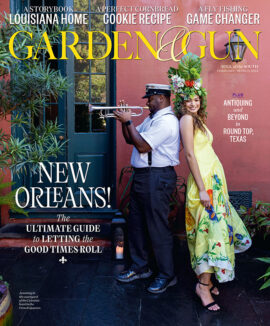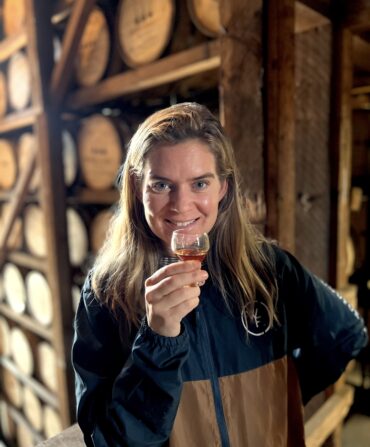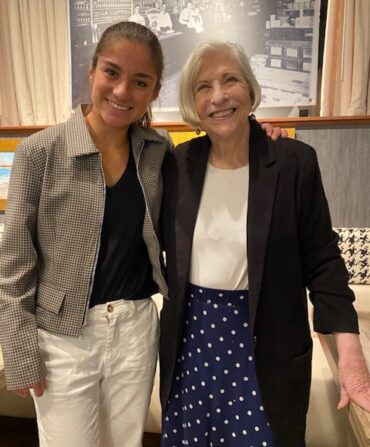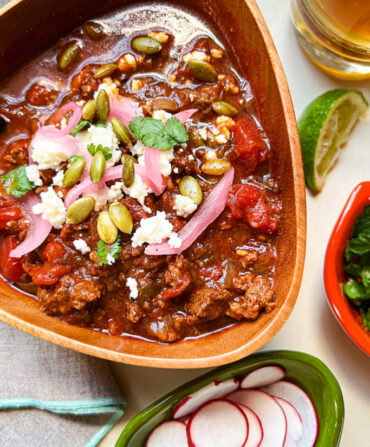When he was about eighteen years old, John Lewis fell in love with brisket. Not necessarily his own—that would come later—but those of the famed barbecue joints around Austin, Texas, where he had relocated from his hometown of El Paso. “It was places like Salt Lick, City Market, Louie Mueller,” says the pit master, who used those restaurants as inspiration to start honing his own smoking skills. After stints at Franklin Barbecue and La Barbecue in Austin, and years of fine-tuning the design of his hand-built smokers, he moved to Charleston in 2015 to open Lewis Barbecue and spread his now-legendary brisket to the Southeast.

Photo: Andrew Cebulka
Lewis slices his brisket.
Countless factors go into making world-class brisket, but one of the most important is the cut of meat you begin with. Here’s how Lewis chooses his.
“It sounds simple, but start with the best possible meat you can find. I use USDA prime brisket, which has the most abundant, finest intramuscular marbling. As it’s cooking, that fine fat will melt and self-baste from the inside. This leaves a little more room for error on the cook’s part.
My favorite brand is Certified Angus Beef—that’s what we use at the restaurant. It’s top-two percent of all prime in the country. Each piece of meat is all about the same size, so you won’t get one that’s so small it’ll dry up, or one so big you’ll burn the outside trying to cook it all the way through. It can be hard to find them at grocery stores in some parts of the South, but the warehouse stores, like Sam’s or Costco, usually carry it.

Photo: Andrew Cebulka
Brisket on one of Lewis’s hand-built smokers.
When you’re digging through the meats, flip them over so you’re not looking at the fat cap on top and look for that abundant marbling—the finest [marbling] you can find spread throughout the slab. A lot of people will say you want a limp, tender piece of meat so it’ll be limp and tender after you cook it. That’s the complete opposite of what you should do. Get it stiff as a board, because when fat is cold, it gets hard. When you heat it up, it’ll get really tender, just how you want it.”
For those without the time (or patience) to smoke a brisket for eighteen hours, Lewis Barbecue ships frozen, vacuum-sealed whole smoked brisket all over the country. After about two hours of simmering in hot water, it’s ready to slice and serve.








